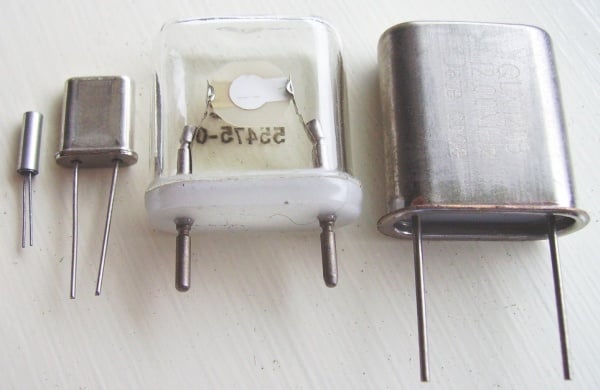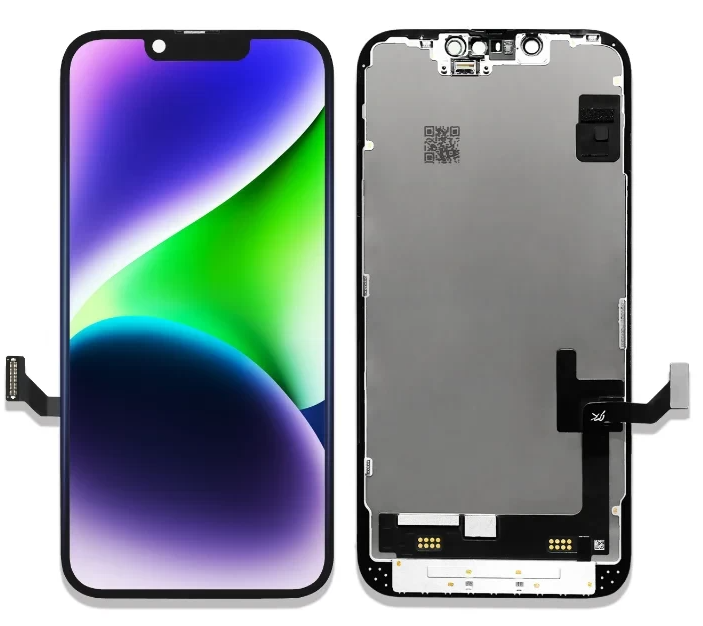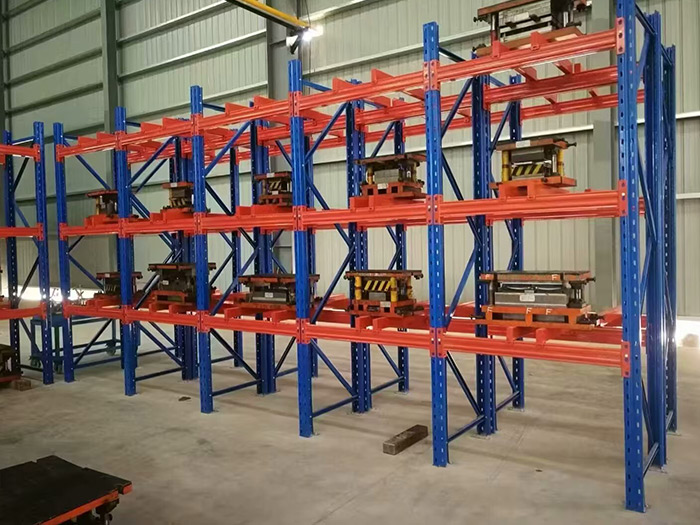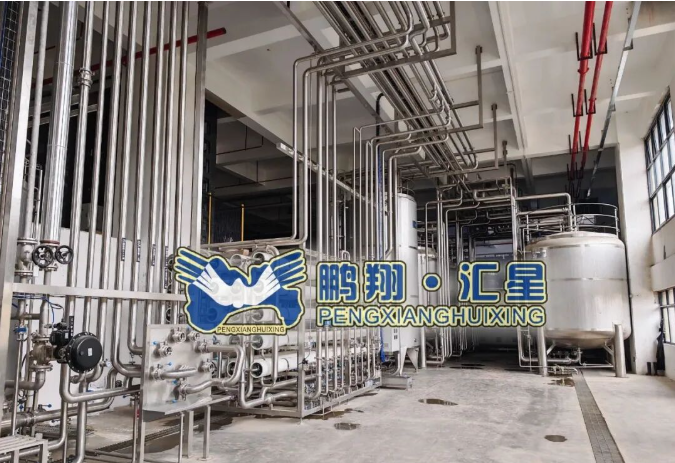Unveiling the Distinction: Device vs. Component in the Technological Realm

In the vast realm of technology, the terms device and component are often used interchangeably, leading to confusion among enthusiasts and professionals alike. However, a closer examination reveals distinct characteristics that set these two concepts apart. In this article, we will delve into the intricacies of devices and components, unraveling their disparities and shedding light on their roles in the technological landscape.
- Defining Devices and Components:
Devices and components are integral elements in the world of technology, but they serve different purposes and possess unique attributes.
1.1 Devices:
Devices refer to the final products or tools that perform specific functions or tasks. They are complete, self-contained entities that are ready for use by end-users. Examples of devices include smartphones, laptops, televisions, and smart home appliances. These devices incorporate various components to enable their functionality.
1.2 Components:
Components, on the other hand, are individual parts or elements that contribute to the overall functionality of a device. They are building blocks that work together to create a cohesive system. Components can be categorized into hardware and software components.
1.2.1 Hardware Components:
Hardware components encompass physical parts that are tangible and can be seen or touched. These include processors, memory modules, graphics cards, displays, sensors, connectors, and more. Hardware components are typically manufactured separately and then integrated into devices during the assembly process.
1.2.2 Software Components:
Software components, also known as firmware or software modules, are intangible programs or codes that enable devices to perform specific tasks. These components include operating systems, drivers, applications, and other software that facilitate the device's functionality. Software components are often developed separately and then installed or programmed into devices.
- Key Differences:
Now that we have established the basic definitions, let's explore the key differences between devices and components.
2.1 Functionality:
Devices are designed to perform specific functions or tasks independently. They are equipped with a combination of hardware and software components that work harmoniously to deliver the desired output. Components, on the other hand, are not standalone entities and require integration into a device to fulfill their intended purpose.
2.2 Completeness:
Devices are self-contained and ready for use upon purchase or deployment. They are designed to provide a comprehensive solution to a particular need or requirement. Components, however, are incomplete on their own and need to be combined with other components to create a functional device.
2.3 Customizability:
Devices are often pre-configured and offer limited customization options to end-users. On the contrary, components provide greater flexibility and allow for customization according to specific requirements. This aspect makes components crucial in industries where tailored solutions are necessary.
2.4 Complexity:
Devices are typically more complex than individual components. They incorporate multiple components, both hardware and software, to deliver a seamless user experience. Components, although simpler in nature, are the building blocks that contribute to the overall complexity of a device.
Conclusion:
In conclusion, devices and components are distinct entities in the technological landscape. Devices are complete, self-contained tools that perform specific functions, while components are individual parts that contribute to the functionality of a device. Understanding the difference between these two concepts is crucial for professionals and enthusiasts alike, as it enables a deeper comprehension of the intricate workings of technology. By recognizing the unique roles and characteristics of devices and components, we can navigate the ever-evolving world of technology with greater clarity and precision.



